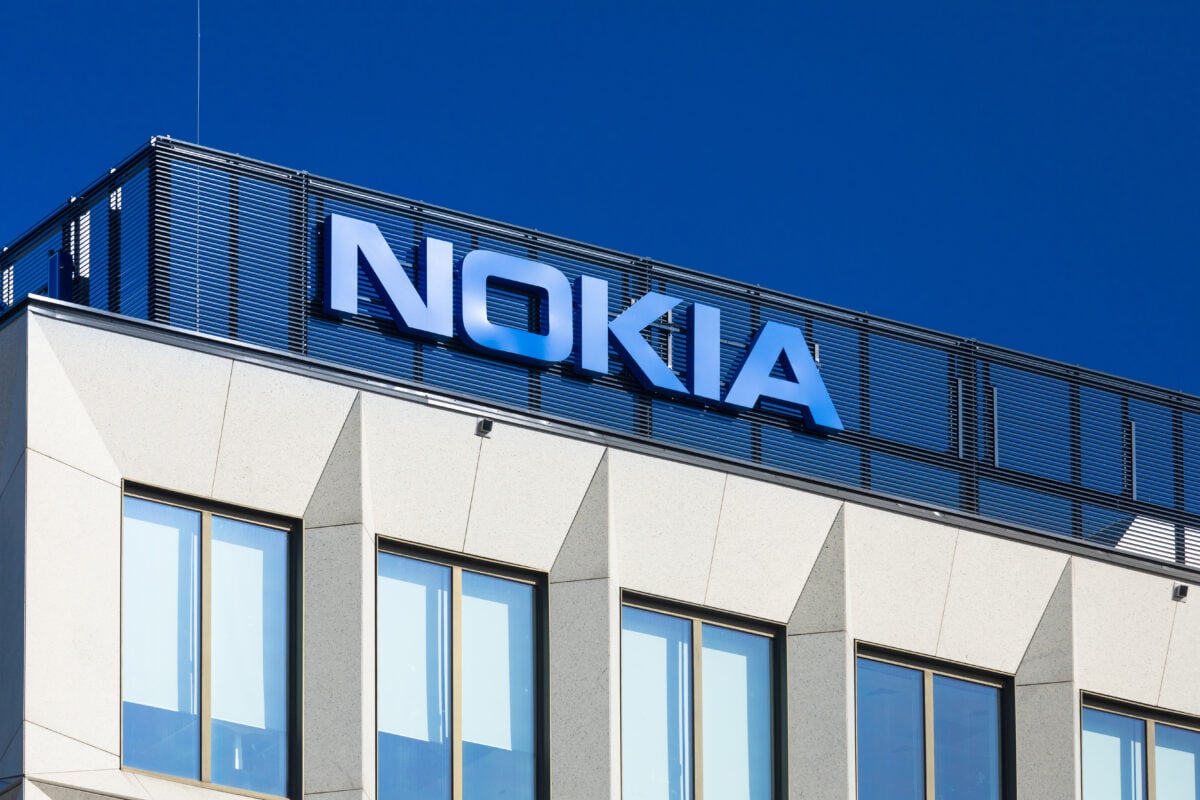TLDRs:
- Nokia CEO urges Europe to consider banning Huawei and ZTE amid shrinking China market share.
- Finnish vendor faces near-total exclusion from China for national security reasons.
- European operators still rely heavily on Huawei, raising geopolitical and security concerns.
- Symmetrical EU measures could open opportunities for Nokia and Ericsson in 5G networks.
Nokia CEO Justin Hotard is calling on European authorities to rethink the presence of Chinese network vendors such as Huawei and ZTE across the continent.
Speaking at the opening of Nokia’s new research campus in Oulu, Finland, Hotard highlighted the stark imbalance in market access between Europe and China.
“Why do we allow high-risk vendors in Europe when we have less than 3% of the market share in China?” Hotard questioned. “European operators should provide European vendors with the same opportunities that Chinese companies receive at home.”
The CEO’s remarks come amid mounting geopolitical tensions and growing scrutiny of Chinese telecom equipment in Europe, where several countries have already imposed partial or full bans on Huawei and ZTE products.
China Market Loss Sparks Concern
Nokia, along with Ericsson, has faced significant barriers in China, where authorities have reportedly told Nordic vendors that they will be excluded on national security grounds.
Tommi Uitto, president of Nokia’s mobile networks business group, noted that the combined market share of Nokia and Ericsson in China has dwindled to just 3%.
This shrinking access has translated into lost revenues. Nokia’s China sales fell from over $2.5 billion in 2018 to about $1.3 billion last year, while Ericsson experienced a drop from nearly $2 billion in 2020 to just over $1.1 billion in 2024. For European vendors, these restrictions highlight the risks of relying on an uneven global playing field.
European Operators Still Depend on Huawei
Despite security concerns, Huawei remains deeply entrenched in European networks. Germany, for instance, still uses Huawei for 60% of its 5G RAN infrastructure, even as the government enforces a phased removal of the vendor from network cores by 2026. Analysts argue that these partial bans do not fully mitigate security risks, as Huawei continues to provide base station software and network management tools.
“The EU has issued guidance on high-risk vendors through the 5G toolbox, but adoption is inconsistent,” Uitto explained. “Legislation remains optional in many countries, leaving critical parts of networks exposed.”
The presence of Huawei at below-market prices has also raised concerns about unfair competition, with Nordic vendors struggling to compete profitably in European markets.
Calls for Symmetrical EU Response
Hotard and Uitto argue that Europe should consider a symmetrical response to China’s exclusionary practices. By restricting high-risk vendors in countries that remain open to Chinese equipment, European suppliers like Nokia and Ericsson could reclaim market share and strengthen local 5G networks.
“Nokia sees a clear opportunity to expand where high-risk vendors are restricted,” Uitto said. “Many European countries have already banned Chinese vendors, but several have not, leaving space for Nordic companies to step in.”
This strategic push coincides with broader concerns over national security, supply chain resilience, and fair competition in telecommunications. Analysts note that any coordinated EU approach would not only support European vendors but could also align with the bloc’s geopolitical stance in the growing rivalry between China and the West.
Looking Ahead
As European governments weigh future 5G policy, Nokia’s call for stricter controls over Chinese vendors underscores the intersection of technology, commerce, and geopolitics. With China increasingly limiting Nordic vendors’ market access, Nokia’s executives see urgency in ensuring that European networks are both secure and competitive.
If implemented, these measures could reshape the European telecom landscape, providing significant business opportunities for Nokia and its Western peers while reinforcing Europe’s strategic autonomy in critical communications infrastructure.






